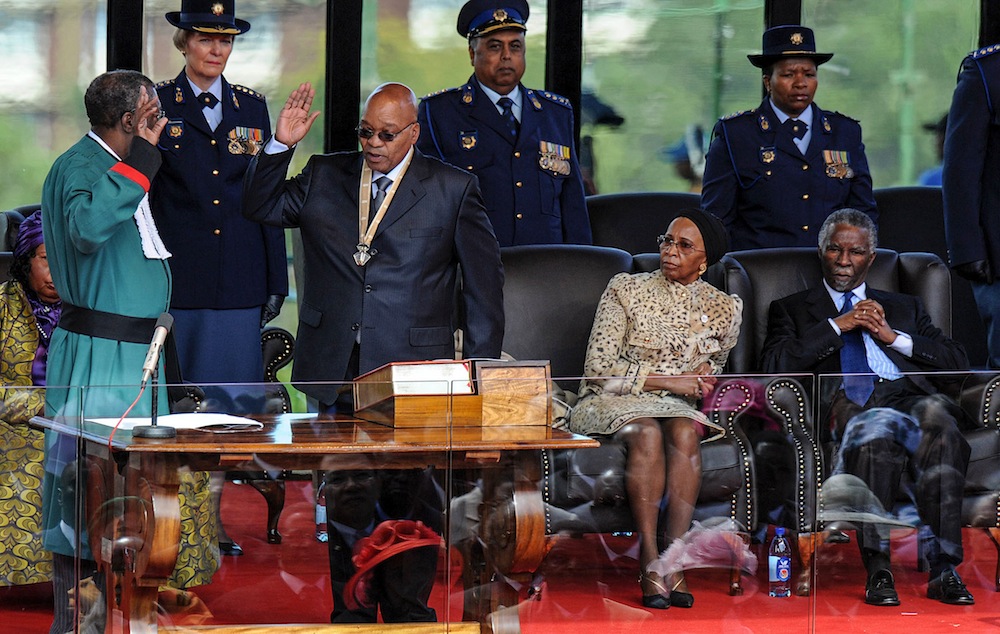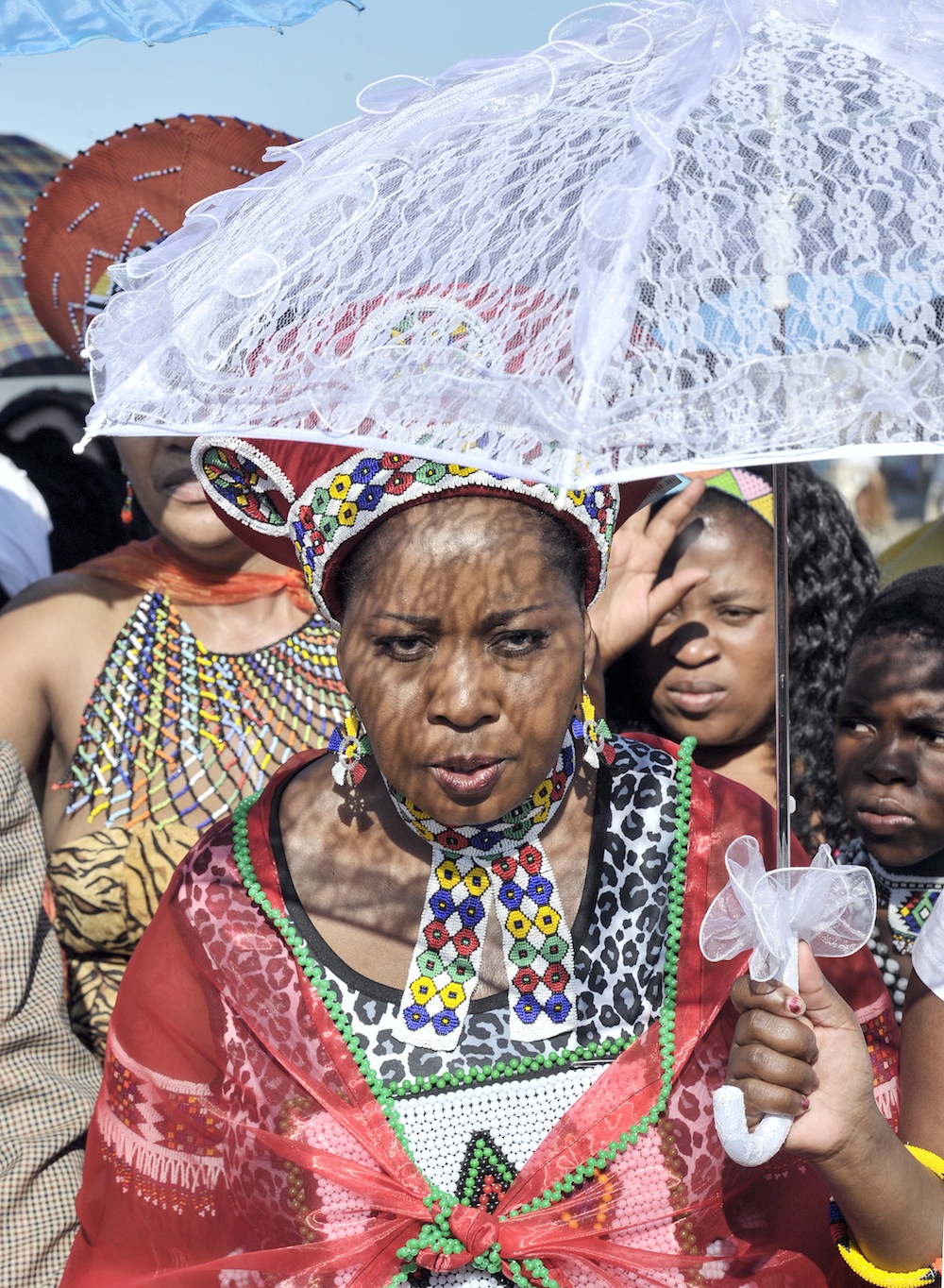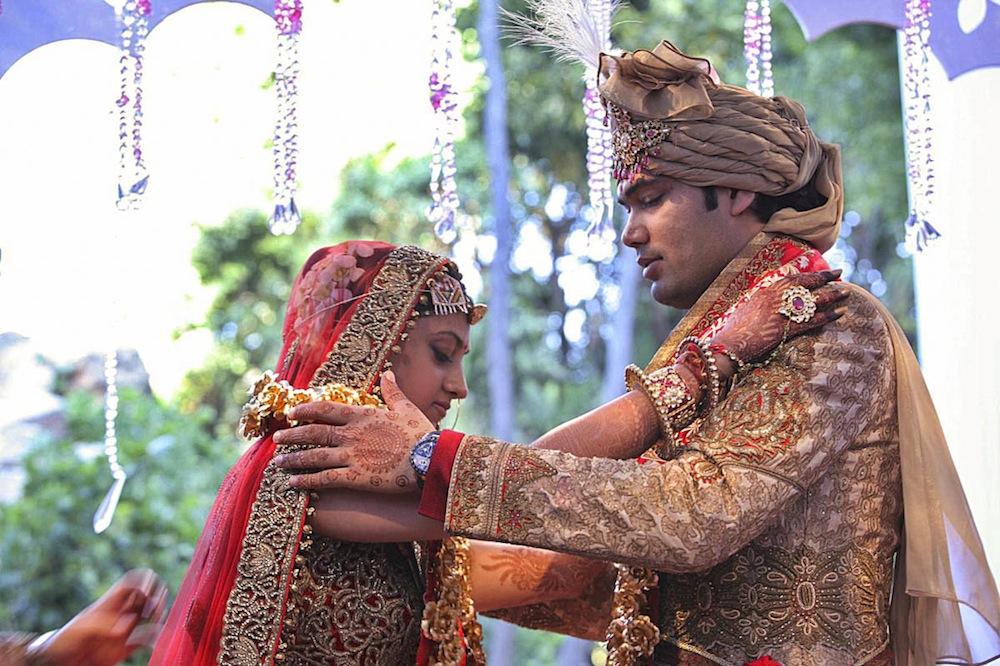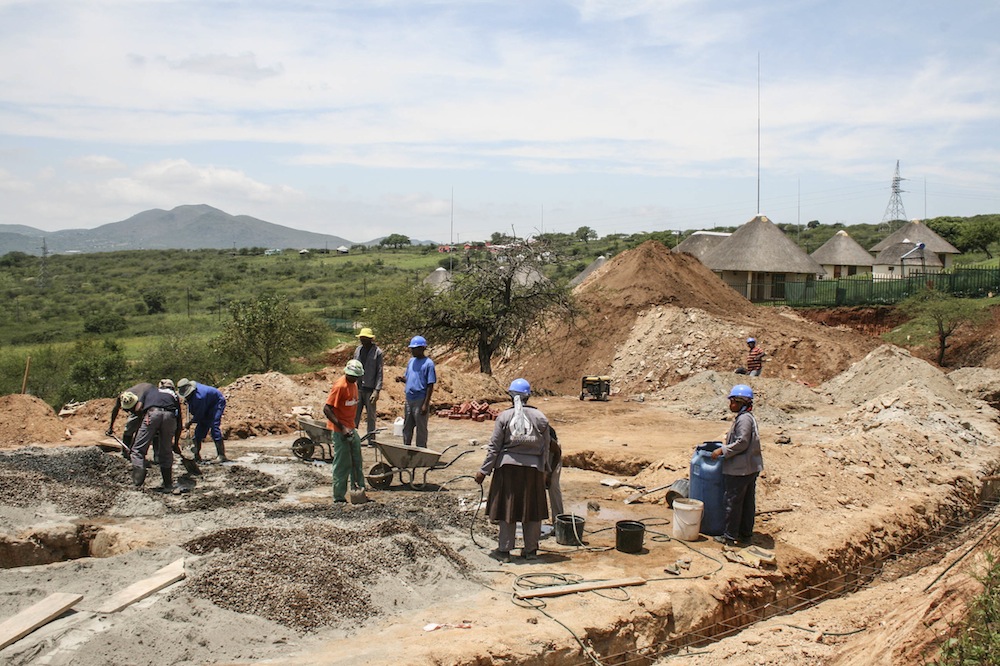In 2013
May 9 2009:
South Africans can be forgiven for believing, just for a moment, that something good could come out of a Jacob Zuma presidency.
The ugly pre-Polokwane ANC leadership battle is out of the way and Zuma is inaugurated. Zuma, standing on the podium with the revered (now late) chief justice Pius Langa among the dignitaries on stage, puts up a convincing show as a statesman.
Quoting Nelson Mandela, he says: “He set us on the path of nation-building and prosperity and made us a respected member of the world community of nations.”
After the Polokwane elective conference debacle in 2007, which led to the premature ousting of former president Thabo Mbeki the following year, Zuma extends an olive branch: “In his last address to the nation as head of state in September last year, he [Mbeki] demonstrated his patriotism and put the interest of the country above his personal interests.”
Calling on South Africans to work together for a better country, Zuma says: “We must safeguard the independence and integrity of those institutions tasked with the defence of democracy, and that must act as a check on the abuse of power.”
South Africans had no idea what was coming next.

Prescient: Jacob Zuma spoke with conviction about curbing the abuse of power at his 2009 inauguration. (Alexander Joe/Reuters)
December 2009:
Barely six months in office, it emerges that Zuma’s private homestead in rural Nkandla is getting a R65-million upgrade at taxpayers’ expense. The government swings into action with initial denials but later tells the Mail & Guardian’s Mandy Rossouw that no state funds will be used for the development.
This, the first of many lies to protect Zuma over the upgrade of his private home, now pales in comparison with what has since happened. Nkandla would lead to a series of sensational cover-ups by government officials, Cabinet ministers loyal to Zuma and legal battles all the way to the Constitutional Court.
February 2010:
Zuma hits a personal wobbly when he enrages sexual health activists after it emerges he fathered a child with a woman who was not one of his three wives at the time.
Such behaviour against the backdrop of the country’s high prevalence of HIV/Aids angers activists, prompting a public admission of guilt by the president and a personal apology to the country and the ANC just eight months into his first term.
2011:
The Nkandla scandal continues to grow and so too does the media dossier of claims involving Zuma’s family and the Guptas.
The M&G reveals that one of Zuma’s then-fiancées, Gloria Bongi Ngema, has landed a plum job with the Gupta family. And the president’s controversial friends may have facilitated his bride-to-be’s purchase of an R5.2-million home in the upmarket Pretoria suburb of Waterkloof.

Friends in high places: Bongi Ngema wed Zuma in 2012, after landing a job with a Gupta company. (Khaya Ngwenya/City Press/Gallo)
April 2013:
A private plane ferrying guests en route to a Gupta family wedding at Sun City lands at Waterkloof Air Force Base outside Pretoria. It later emerges that the chief of state protocol, Bruce Koloane, had facilitated this on the instruction of “Number One”.
Koloane, widely seen as a scapegoat for the debacle, is later rewarded with a diplomatic post. But if there had previously been mere whispers about the Guptas’ friendship with Zuma, this incident serves as confirmation of the power and influence they enjoy because of their friendship with “uBaba”.
It even elicits damning statements from Luthuli House, whose senior officials had until then appeared to look the other way.
The party says: “We demand that those who are responsible for granting access to land aircraft in our country also explain the basis upon which such permission was granted, particularly to land at Waterkloof Air Force Base. Those who cannot account must be brought to book. The ANC will never rest where there is any indication that all and sundry may be permitted to undermine the republic, its citizens and its borders.”

Route to decline: The infamous Gupta wedding led to a state air force base being misused for private purposes. (AFP)
December 2013:
Nelson Mandela dies and South Africans are becoming increasingly fed up with Zuma’s scandal-ridden presidency.
With world leaders such as Barack Obama and David Cameron in the VIP seats behind him, it is hard not to pity Zuma as the South Africans who have filled up Johannesburg’s FNB Stadium for the memorial service of one of the country’s greatest leaders heckle and boo their current president. Even the sight of his face on large TV screens in the stadium sparks embarrassing screams of protest. He is hurriedly spirited away as the world watches.
A woman in the crowd says: “He should do the honourable thing and resign.”
What should have been a beautiful day in memory of Mandela becomes a public expression of the growing disdain for Zuma. If the ANC had only been whispering about him being a liability back then, the crowd’s reaction to the ruling party’s leader shoves it into the open that day.
December 2015:
Zuma announces the axing of Finance Minister Nhlanhla Nene to make way for the little-known Des van Rooyen. A former mayor on Johannesburg’s West Rand, Van Rooyen survives just four days as Zuma’s announcement sends the rand into a scramble, sparking a national outcry.
Zuma moves Van Rooyen to a different portfolio and reappoints former finance minister Pravin Gordhan.
The national treasury – which, it was claimed in the state capture report this week, the Guptas viewed as a stumbling block in their empire-building quest – remains a stickler for rules and the Public Finance Management Act. Gordhan proves an astute guardian of this institution.
The sliding door of finance ministers marks the beginning of a new war, this time with Gordhan at its centre. Soon, the finance minister will face trumped-up criminal charges. This case plunges the National Prosecuting Authority (NPA), the Hawks and the South African Revenue Service into a deep crisis amid allegations that these state institutions are being used to aid the Gupta family’s supposed quest to have a pliable finance minister installed.
March 2016:
Zuma is under increased pressure as a national fight-back campaign against alleged state capture begins.
The public protector launches her investigation into Zuma’s alleged unethical conduct and that of other state functionaries. The probe relates to claims that the Gupta family and Zuma’s son, Duduzane, were involved in removing and appointing ministers and directors of state-owned companies, resulting in Gupta-linked companies allegedly benefiting improperly and, possibly, corruptly from state deals.
March 2016:
The Constitutional Court hands down a devastating judgment ordering Zuma to pay back some of the taxpayers’ money spent on the upgrades at Nkandla.
He had failed to uphold, defend and respect the Constitution as the supreme law of the land, the country’s highest court finds. In the unanimous and scathing judgment, the court finds that Zuma’s failure to comply with the remedial action ordered by the public protector was inconsistent with the Constitution.

The overpriced additions to the president’s rural Nkandla homestead raised the ire of opposition parties and civilians alike. (Alexander Joe/AFP)
August 2016:
South Africans go to the polls in one of the most hotly contested local government elections in years. The ANC takes a hammering and there is little question that this is largely caused by a backlash against the party’s apparent inability to hold its leader to account.
Devastated by the significant loss of key metros, the ANC takes responsibility as a “collective” so as to shield Zuma. But that doesn’t last long as senior individuals start speaking out about the party’s number one liability.
It later emerges that several of the ANC’s 53 regions had wanted the party to get rid of Zuma after the elections. The report was kept under wraps and only came to light a few weeks ago.
October 2016:
After more than a decade and multiple court cases, Zuma is still battling calls from civil society and opposition parties to face the music for fraud and corruption charges dating back to 2009 – and for which businessperson Schabir Shaik has already served time ahead of his release on medical parole.
The NPA withdrew charges against Zuma in 2009, but earlier this year the Pretoria high court overruled that decision.
Msholozi’s productive legal machinery next headed to the Supreme Court of Appeal to challenge this ruling too. The appeal court wants oral arguments to be presented at a date that’s yet to be announced. If Zuma fails then the 783 charges, including fraud and corruption, will be reinstated.
November 2016:
By order of the court, a 355-page report by former public protector Thuli Madonsela is released. Zuma had launched an interdict application 24 hours before the expected release of Madonsela’s report because, he claimed, he had not had enough time to respond to allegations involving him. The public protector, the report stated, had given him more than seven months but his lawyers kept on stalling. He abandoned the application on Wednesday morning and opposition parties immediately sought the order for its release. – Compiled by Jessica Bezuidenhout